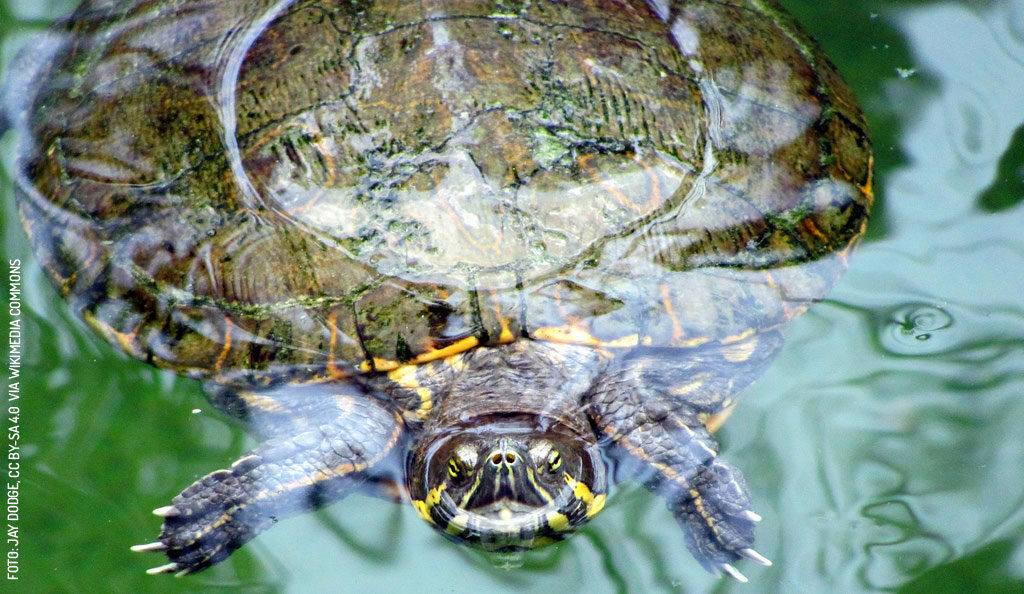
Unique Species to Look for in Yucatán Cenotes
If you’re traveling in Yucatán, it’s likely you already have at least one cenote on your bucket list. These breathtaking flooded caves, formed by the collapse of porous limestone above underground aquifers, are some of Yucatán's most popular destinations. Revered for their utopic appearance with crystalline waters and picturesque natural landscapes, they are the perfect place to go for a swim and witness Yucatán’s beauty—but, chances are, you won’t be swimming alone. Cenotes host not only human visitors, but also a diverse ecosystem of both aquatic and land-dwelling species.
Why do species come to cenotes?
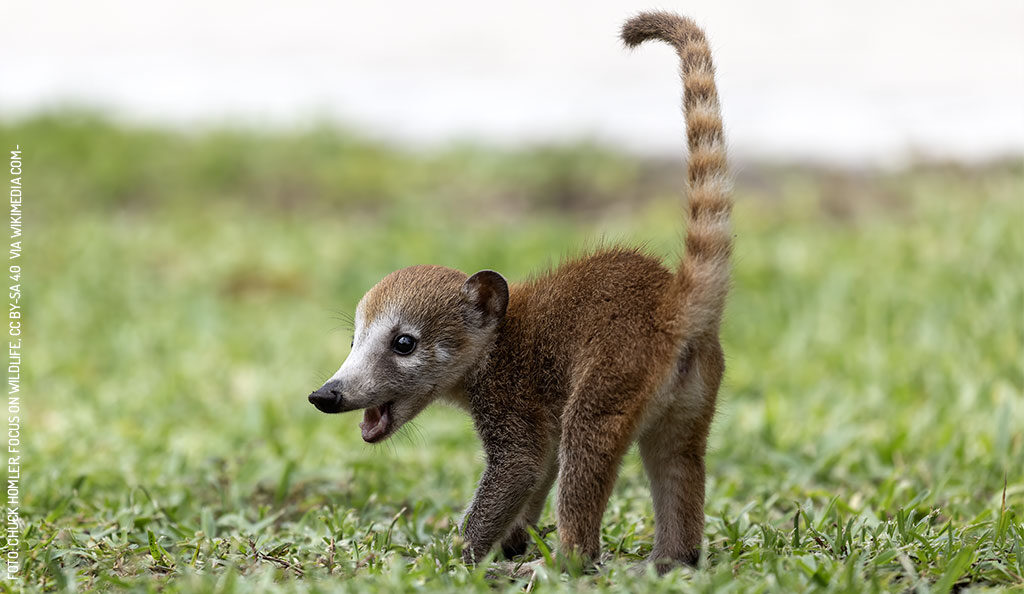
As the most accessible freshwater supply for mammals, cenotes welcome frequent visitors such as opossums, foxes, paca, and coati. Rises in sea level also introduce a unique group of aquatic animals to cenotes nearest the coastline. Many cenotes are connected by underground cave systems, allowing species to migrate between them. The secluded environment and calm water of cenotes provide a safe habitat away from tumultuous weather in larger bodies of water, and the animals have become beloved swim-mates for visitors.
Common Aquatic Species in Cenotes
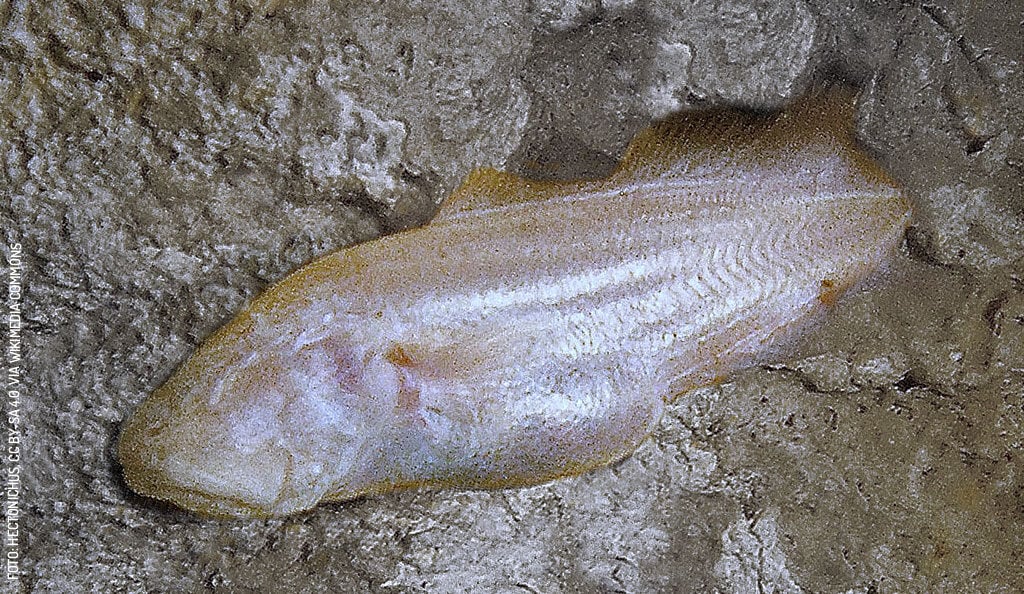
During your next cenote swim, you can look for some of the most popular species with which you’ll be sharing the water. According to researchers Lizbeth Chumba Segura and Roberto Carlos Barrientos Medina, the state of Yucatán is home to 23 native freshwater fish species, of which seven are endemic—meaning they can only be found in the state.
The most widely spread species are the cenote catfish (Rhamdia guatemalensis, known in Spanish as bagre and in Maya as boox) and the mosquito fish or guppy (Gambusia yucatana), which—if the nearby spa was too expensive—are a variety of small fish that are eager to give a free pedicure by eating the dead skin off your feet. You may also spy a Jack Dempsey fish (Rocio octofasciata), which, named after its face’s resemblance to the boxer’s stern expression, is a fish with bright, color-changing spots. Now, if you spot a large fish, that’s probably just a Maya cichlid or Mexican mojarra (Mayaheros uropthhalmus), which is one of the largest species of cenote-dwelling fish, reaching up to 40 cm (a little over a foot) in length.
Curious about the endemic species? Those include a number of cichlids and two false eels: the Mexican blind brotula (Ogilbia persei, known in Maya as sak kay or white fish) and the blind swamp eel (Ophisternon infernale).
Common Land-Dwelling Species Near Cenotes
Above the water, too, there are many species that call the surrounding landscape home. When visiting cenotes, it is almost certain you’re going to see at least one of the dozens of species of bats that enjoy the habitat of cavernous cenotes. These animals serve as essential pollinators–without which the agave plant and its diverse range of products could not thrive in Yucatán. These small nocturnal creatures can be safely observed sleeping around cenotes during the day, most commonly in closed or semi-open cenotes with shaded areas.
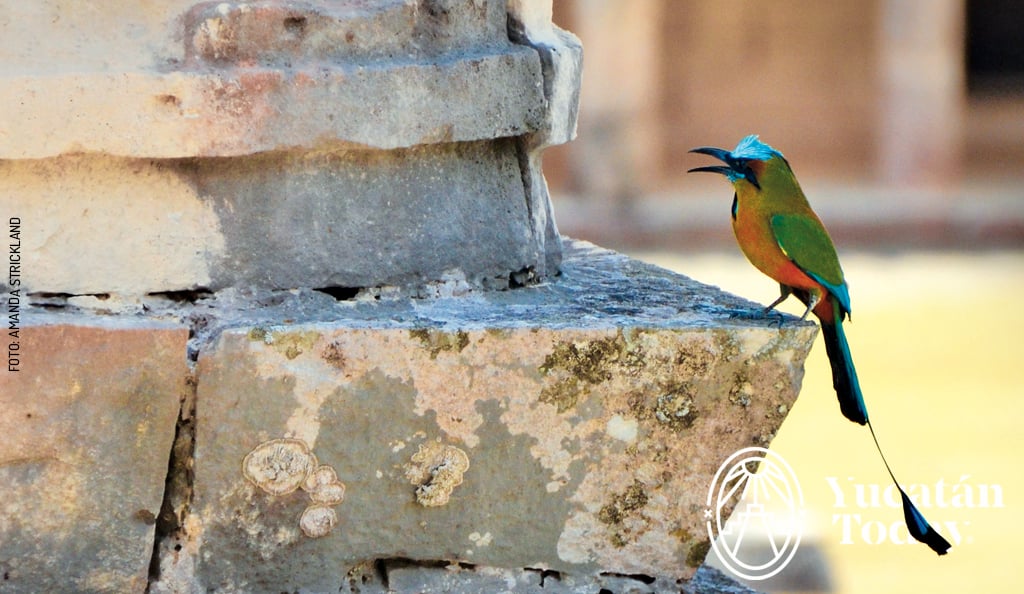
You can also try to spot one of the many species of birds that enjoy nesting in the limestone. Perhaps the most common are the swallows (Stelgidopteryx serripennis) and the great kiskadees (Pitangus sulphuratus). The most eye-catching species, however, is the Toh bird (Eumomota superciliosa), referred to as “Bird of the Cenotes”. This bird is recognized by its long turquoise tail resembling a pendulum. This bird is said to represent humility by popular legend of its descent from king of the birds. Its call is now believed to guide other animals to the freshwater. Oftentimes, the call of the Toh Bird harmonizes with croaking frogs, creating a beautiful natural chorus in cenotes.

Also sharing the space around cenotes are Meso-American turtles, which can be spotted sunbathing on rocks or eating algae. They stand out with their bright yellow, striped pattern with a small splotch of red near the eyes. Near cenotes, they may be accompanied by iguanas, peccaries, and other small land-dwelling animals. Oftentimes, you can spot animal footprints around cenotes–reminders that your animal companions are nearby.
Hidden Creatures of Cenotes
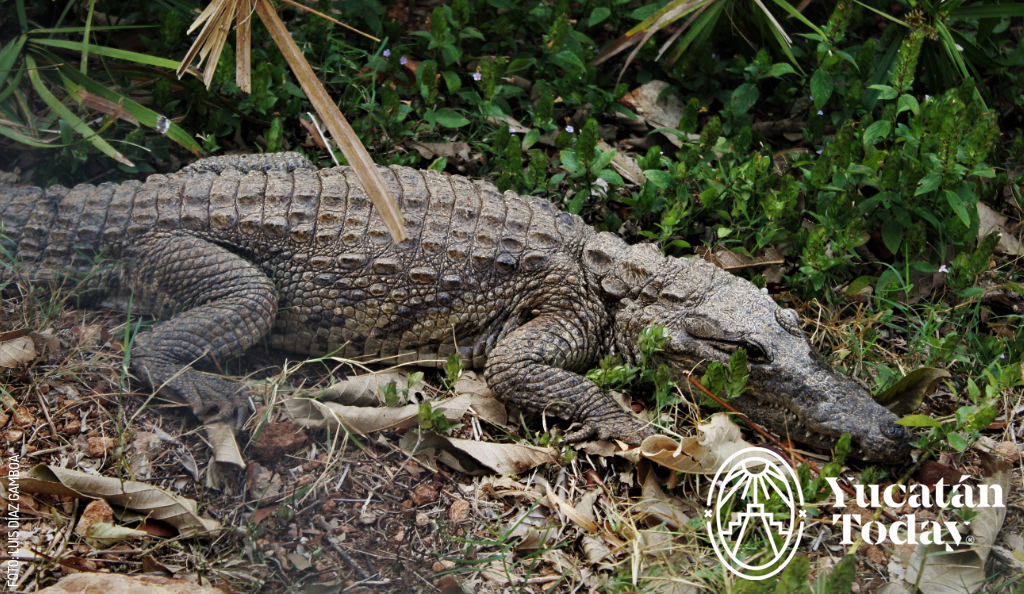
Aside from the creatures that you are likely to spot during your cenote swims, there is also a remarkable ecosystem in cenotes that hides just beyond the reach of visitors, enjoying hard-to-reach habitats. For example, the aforementioned, endemic blind swamp eel—an eyeless, worm-like species that enjoys hiding beneath stones in the dark cave systems connecting cenotes, far away from visitors and harsh sunlight. There are also larger species in remote cenotes, such as crocodiles and, close to the coast of the Caribbean Sea, even manatees. You won’t encounter either of these species at any common cenote locations, but if you are hoping to make friends with a beloved crocodile, it may be worth a trip to Casa Cenote in Tulum. This cenote is home to long-time resident “Panchito”, a small, docile crocodile that is a miraculous sight for snorkelers.
Another animal that roams near cenotes is the jaguar—a nearly extinct animal that, as a scarce and nocturnal species, are extremely rare sightings. You can rest assured that these hidden cenote inhabitants won’t cross your path unless they are intentionally sought after, leaving cenotes as perfectly safe destinations to go for a swim and relax in the breathtaking natural world of Yucatán.
Peaceful Cohabitation of Cenotes
Don’t be discouraged from visiting any of Yucatán’s marvelous cenotes because of the animals that share the space. Especially in popular cenotes, the animals are accustomed to human visitors and aren’t likely to pay you much attention–just be sure not to try and feed any species you may encounter. Rather, during your next cenote swim, you can take advantage of their peaceful nature to observe the unique ecosystem and see if you can spot some of Yucatán’s most beloved species.
First published in Yucatán Today print and digital magazine no. 448, in April 2025.
Photography credits:
- Coati: Chuck Homler, Focus On Wildlife, CC BY-SA 4.0 <https://creativecommons.org/licenses/by-sa/4.0>, via Wikimedia Commons
- Blind Brotula: Hectonichus, CC BY-SA 4.0 <https://creativecommons.org/licenses/by-sa/4.0>, via Wikimedia Commons
- Blue Crab: Jarek Tuszyński / CC-BY-SA-3.0, CC BY-SA 3.0 <https://creativecommons.org/licenses/by-sa/3.0>, via Wikimedia Commons
- Meso-American Turtle: Jay Dodge from Port Orange, FL, United States, CC BY-SA 2.0 <https://creativecommons.org/licenses/by-sa/2.0>, via Wikimedia Commons

Author: Olivia Barker
Music lover, coffee connoisseur, and stray cats’ best friend. I’m a Kentuckian whose internship with Yucatán Today lets me share the beauty of Yucatán through writing.
In love with Yucatan? Get the best of Yucatan Today in your email.
Don't miss our best articles and the monthly digital edition before anyone else.
Related articles

Top 5 Hidden Cenotes Near Chichén Itzá: An Unforgettable Adventure
Secret Cenotes near Chichén Itzá: Escape the Crowds & Discover 5 Hidden Gems! Crystal-Clear Waters & Mayan Magic Await.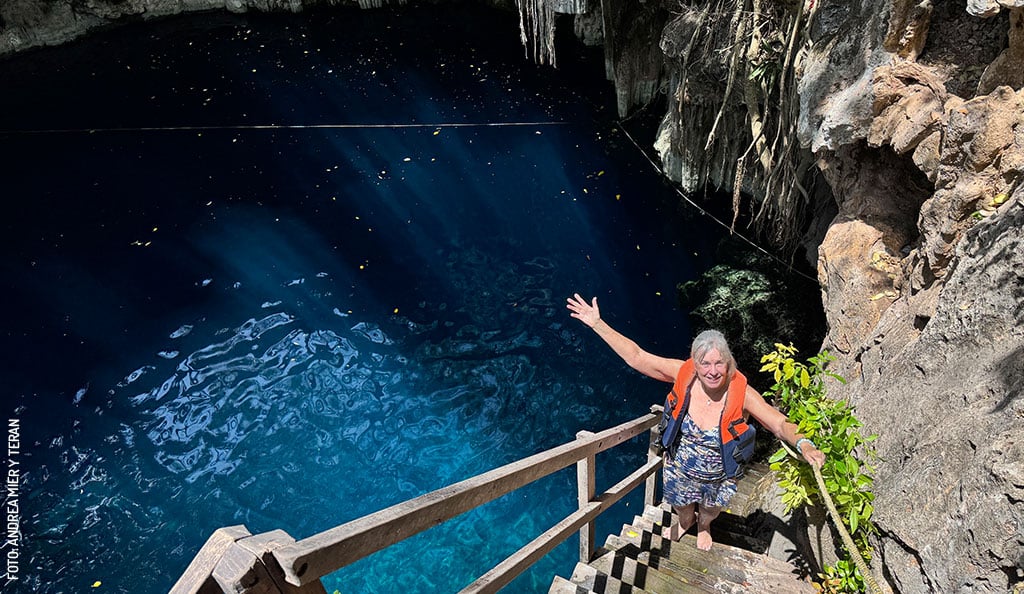
A Roundup of Senior-Friendly Spots in Yucatán
Accessible Yucatán for seniors: easy cenotes, hassle-free henequen tour, serene beach, enjoyable honey tasting, and accessible Uxmal.




